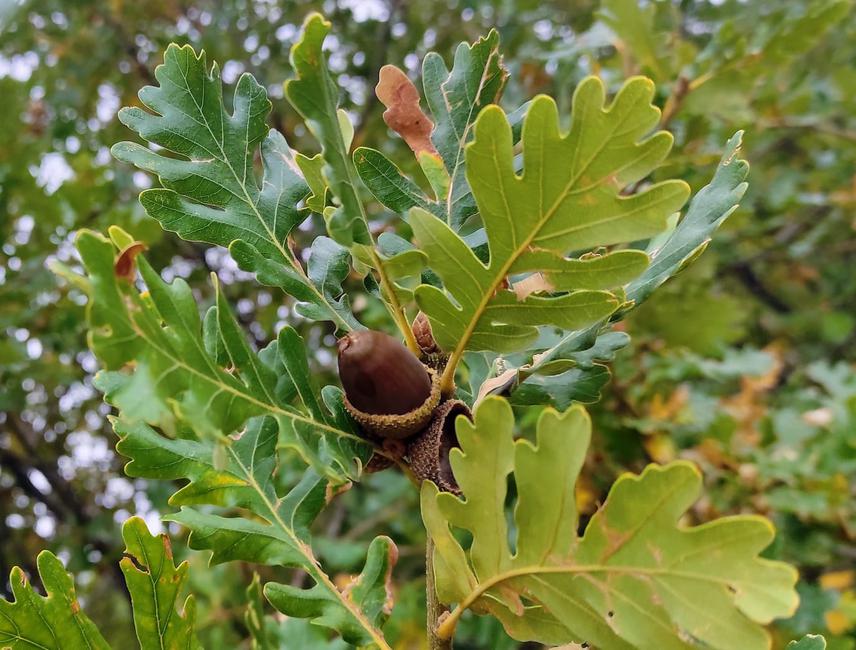Social media video featuring the project.
Cervus elaphus in vulcanica forest.
6 May 2021 Central Anatolia, Türkiye, Asia Forests | Biodiversity | Plants
Understanding the species-environment interactions and revealing the species responses to the global drivers of environmental changes correspondingly, is the key factor of conserving species. In this project, it is aimed to use an integrated approach for an endemic oak species (Quercus vulcanica) of Turkey, by exploring the population structure and possible threats on its populations, revealing the intraspecific genetic diversity, and modelling the glacial refugias and the future distribution ranges, that will provide us to predict its responses to the future environmental changes. The results will provide direct conservation and forestry implications for the most diverse and vulnerable populations of this species.
The outputs to be obtained will play an important role in understanding the biodiversity of Anatolia and in completing the lack of data on the biogeographic patterns of endemic oak species in our country and even the phylogenetic relations of genus Quercus.

High rate of interspecific hybridization, and insufficient biological species concept in oaks, the real distribution ranges of oak species are not fully known due to taxonomically wrong identifications, even in the field studies. Thus, many populations of oak species endangered due to wrong implementations of forestry activities and ecosystem services. Besides the impact of land use changes and the increasing global climate changes, these species become more and more endangered. This study will provide a better understanding of the responses of the endemic Quercus vulcanica to environmental changes, by determining the possible future distribution ranges, intraspecific genetic diversity which enables us to generate specific conservation implementations for the most diverse and vulnerable populations.
Within the scope of this project, it was planned to use an integrated approach to obtain comprehensive results. Ecological niche modelling and genomic approaches can produce independent but also complementary information to reveal geographical distribution patterns of species. Therefore, it was planned to achieve this aim by conducting field studies for obtaining presence data from each population, determining populations’ health condition and possible threats, and laboratory experiments for revealing the genetic diversity of each population. The importance of Q. vulcanica for the Anatolian biodiversity has been pointed in several studies, however any information, such as the Late Quaternary glacial refugias, genetic diversity of the species and moreover the population structure of this species is lack, which makes my project valuable. Due to the same reason effective conservation implementations are not possible. With the detailed results to be obtained, applicable conservation suggestions will be generated to sustain the biodiversity of Anatolia, also for monitoring this species consciously. These proposals are also expected to contribute to the development of conservation policies in Turkey.
Social media video featuring the project.
Cervus elaphus in vulcanica forest.